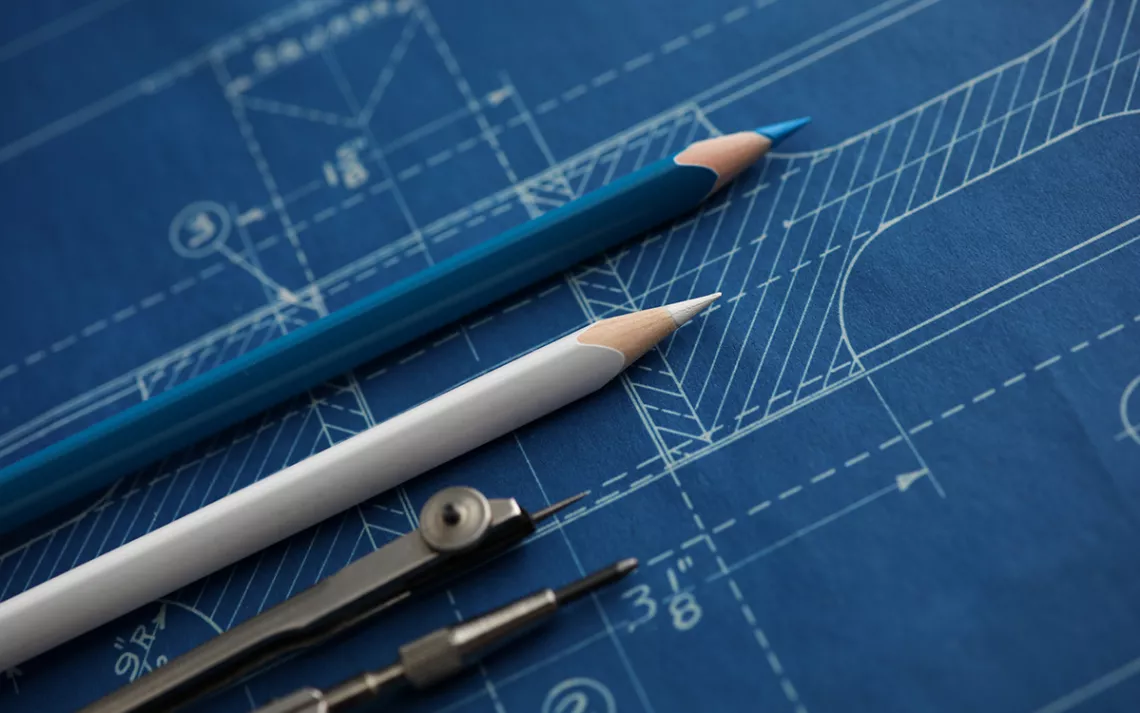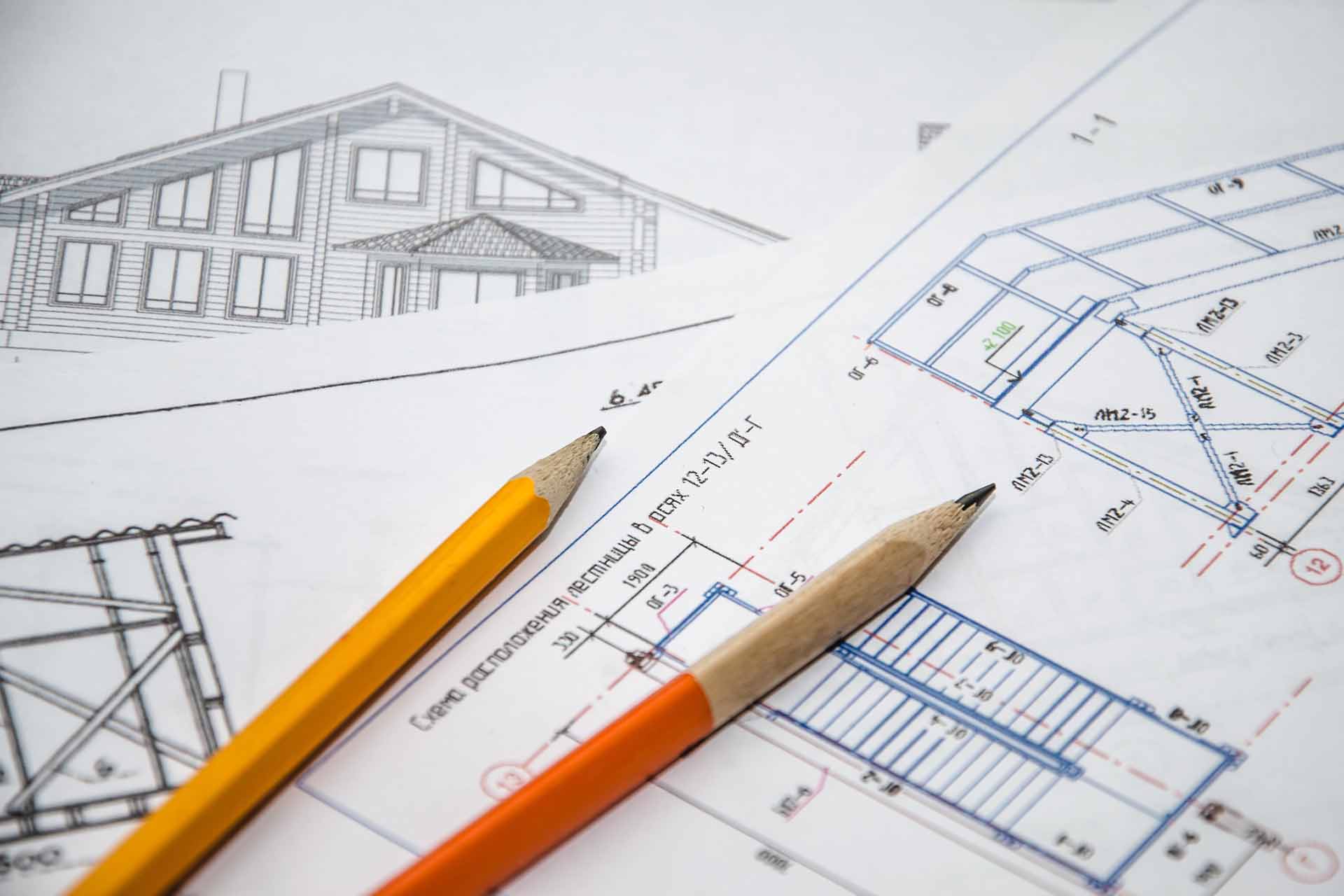Architect Advice on Maximizing Small Urban Spaces
Architect Advice on Maximizing Small Urban Spaces
Blog Article
Comprehending the Diverse Occupation Paths Available for Aspiring Architect
As an aspiring Architect, you have a world of job courses waiting for you. Whether you're drawn to typical architecture or the nuances of sustainable style, there's a particular niche that lines up with your rate of interests.
Typical Style: Creating Structures and Frameworks
Conventional design focuses on developing buildings and frameworks that mix performance with aesthetic appeal. Your styles can mirror cultural heritage, showcasing local practices while fulfilling modern-day needs.
You'll develop abilities in composing, model-making, and website analysis, allowing you to visualize and connect your concepts properly. Involving with customers, you'll need to understand their vision and convert it right into practical styles.
Furthermore, constructing codes and sustainability methods are crucial in your job, ensuring your structures are secure and ecologically friendly. As you grow in your job, you'll find opportunities in domestic, business, or also remediation projects, each offering one-of-a-kind difficulties. Embracing standard architecture leads the method for a fulfilling job that admires the past while forming the future.
Urban Preparation: Shaping Neighborhoods and Public Spaces
As an aspiring Architect, you can play a vital function as a city planner, transforming exactly how neighborhoods operate and interact. By utilizing community interaction strategies, you'll ensure that residents have a voice fit their setting. Plus, incorporating lasting style concepts will certainly help create areas that not just meet today's requirements yet likewise protect the future.
Function of Urban Planners
While several might think about architects as the single visionaries behind buildings, metropolitan organizers play a necessary duty fit the wider landscape of areas and public areas. They evaluate land usage, zoning laws, and neighborhood needs to develop lasting settings that enhance top quality of life. By working together with various stakeholders, you'll help develop parks, transportation systems, and houses that promote social interaction and availability. Urban organizers additionally concentrate on ecological factors to consider, making certain that developments incorporate green areas and assistance biodiversity. Your proficiency in spatial design and community characteristics permits you to picture future growth while maintaining social heritage. In this essential function, you'll directly affect exactly how people experience their surroundings, making every project an opportunity for positive change.
Community Engagement Approaches
Reliable neighborhood engagement methods are crucial for urban organizers to guarantee that the voices of homeowners are heard and valued in the preparation procedure. To cultivate significant dialogue, you need to focus on open discussion forums and workshops where neighborhood participants can share their concepts and issues. Usage surveys and social media sites to reach a more comprehensive audience, guaranteeing varied perspectives are included. Collaborating with local organizations can improve trust and assist in much deeper links. It is very important to provide clear info concerning proposed projects and decision-making procedures, allowing residents to really feel enlightened and empowered. By actively paying attention and integrating comments, you'll develop spaces that mirror the neighborhood's demands, ultimately causing even more sustainable and successful metropolitan settings. Accept openness and continual dialogue for long lasting effect.
Lasting Style Principles
When designing city areas, incorporating lasting layout concepts is important for creating settings that flourish both ecologically and socially. Consider incorporating eco-friendly rooms, like yards and parks, to improve biodiversity and improve air top quality.
Designing with water preservation in mind is also vital-- think of rain yards and absorptive surfaces to take care of stormwater. Including area members throughout the planning process warranties that the spaces you develop satisfy their needs and urge social interaction. By accepting these concepts, you'll add to lively, sustainable metropolitan landscapes that profit everyone.

Landscape Design: Creating Lasting Outside Environments
As you check out landscape style, you'll uncover crucial style principles that produce useful and lovely outdoor rooms. Sustainable techniques play a crucial role in making certain these atmospheres thrive while decreasing environmental impact. Plus, you'll locate a range of occupation chances that permit you to make a real distinction in how people engage with nature.
Design Principles in Landscape
Comprehending style principles in landscape design is crucial for developing lasting exterior atmospheres that integrate with nature. You'll require to consider aspects like scale, proportion, and balance to ensure your styles really feel natural and welcoming. Furthermore, pay attention to seasonal changes, designing with materials that match the environments year-round.
Lasting Practices Review
Sustainable practices in landscape architecture not just concentrate on visual appeals however likewise prioritize eco-friendly health and wellness and resource preservation. By incorporating indigenous plants, you improve biodiversity and minimize the requirement for chemical plant foods and chemicals. Executing reliable watering systems assists save water and reduces overflow, safeguarding neighboring ecological communities. You can design rooms that promote dirt health and wellness, such as practicing and making use of organic materials permaculture principles. Furthermore, incorporating environment-friendly facilities, like rainfall gardens and porous sidewalks, help in stormwater administration and reduces city warmth. You add to a healthier world and give spaces that foster area link when you develop exterior environments with sustainability in mind. Eventually, these techniques assure your designs benefit both people and the atmosphere for several years ahead.
Profession Opportunities Exploration
With a strong foundation in more helpful hints sustainable methods, landscape architecture provides a selection of job paths that allow you to make a purposeful influence on the environment. Urban organizers often team up with landscape designers to create eco-friendly areas in urban setups, boosting city livability. If you're enthusiastic about education and learning, consider coming to be a landscape design teacher, motivating future generations.
Sustainable Layout: Focusing on Eco-Friendly Practices
As you discover your profession in architecture, accepting environment-friendly practices can establish you apart in an affordable field. Lasting design concentrates on developing buildings that minimize environmental effect while boosting owner wellness. By incorporating renewable materials, energy-efficient systems, and lasting structure strategies, you'll add to a greener future.
Start by getting expertise of eco-friendly qualifications like LEED or BREEAM, which can reinforce your credentials. Take into consideration just how natural light, ventilation, and thermal effectiveness can maximize style. Team up with engineers and environmental specialists to introduce services that lower waste and conserve resources.
Don't fail to remember the value of neighborhood participation-- engaging local stakeholders can inspire designs that harmonize with the setting. As customers significantly focus on sustainability, your experience in environmentally friendly methods will not only bring in tasks yet additionally accomplish your interest for accountable design. Accept this critical facet of the profession, and watch your career flourish.
Historic Conservation: Safeguarding and Restoring Cultural Heritage
While you commence on your architectural journey, consider the important role of historical conservation in keeping our social heritage. This area concentrates on the security and remediation of considerable buildings, websites, and structures that tell the stories of our past. By participating in historical conservation, you'll help secure the building legacy that forms community identity.
As a historic conservation Architect, you'll assess historic relevance and assess the condition of frameworks. You'll function carefully with guardians and historians to assure authentic restoration methods are used. This occupation path enables you to mix creativity with study, enabling you to design remedies that respect initial products and craftsmanship.
Your job not only adds to sustainability by reusing existing structures yet also cultivates a sense Go Here of satisfaction within communities. Accepting this course will assist you come to be a guardian of background, preserving the stories and aesthetic appeals that improve our lives.
Interior Style: Enhancing Indoor Spaces
Historic conservation and indoor architecture both share a commitment to improving the built atmosphere, however they concentrate on different aspects. While historic conservation emphasizes preserving a structure's social and historic value, interior design absolutely nos in on optimizing indoor rooms for functionality and visual appeals.
As an ambitious Architect, you'll locate that interior style allows you to blend creativity with technical abilities. You'll develop areas that not just look great however additionally promote convenience and efficiency. This field involves understanding how light, color, and products engage within a room, influencing state of mind and use.
You'll function on various jobs, from property homes to industrial workplaces, making sure that each environment satisfies the requirements of its residents. By prioritizing user experience, you can transform interiors into useful and inspiring spaces, making a considerable effect on exactly how people interact with their environments. Welcome the possibility to boost indoor atmospheres and shape the way individuals live and function.
Industrial Layout: Combining Capability With Aesthetics
Commercial layout plays a crucial function in creating items that flawlessly blend aesthetic appeals with performance, guaranteeing that what you make use of everyday is not only aesthetically attractive but additionally functional. As an aspiring Architect, you might immerse on your own in this field, concentrating on creating everything from furnishings to consumer electronics. Your work includes understanding individual requirements, products, and producing processes, allowing you to develop innovative options that improve daily experiences.
In industrial design, you'll often team up with designers, marketing experts, and manufacturers, making certain that your designs are not just stunning however likewise possible. You'll find out to balance form and function, focusing on functionality without giving up design. By refining your skills in mapping out, 3D modeling, and prototyping, you'll be well-appointed to bring your concepts to life. This career path uses a dynamic atmosphere where imagination meets practicality, making it a rewarding selection for designers curious about forming the products of tomorrow.
Often Asked Questions
What Educational Qualifications Do I Required to Become an Architect?
To become an engineer, you'll require a specialist level in design, generally a Bachelor's or Master's. Additionally, you'll have to finish a teaching fellowship and pass the Architect Registration Evaluation to exercise lawfully.
Are There Accreditation Demands for Different Architectural Job Paths?
Yes, there're certification needs for different architectural courses. Architect. You'll need to pass exams, full teaching fellowships, and often pursue specialized training, depending on your chosen emphasis, like landscape architecture, urban style, or historical preservation
What Software Abilities Are Essential for Engineers Today?

Exactly How Can I Gain Practical Experience While Examining Style?
You can acquire sensible experience by interning at architectural firms, taking part in design competitors, offering for neighborhood tasks, or working together with classmates on real-world assignments. These chances boost your abilities and construct important links in the click to find out more market.
What Work Opportunities Exist Outside Standard Architecture Firms?
You can explore numerous task chances outside conventional design firms, like metropolitan planning, interior decoration, landscape architecture, building monitoring, property development, and even functions in sustainability consulting. Each offers one-of-a-kind difficulties and rewards.
Whether you're drawn to typical style or the nuances of sustainable style, there's a niche that lines up with your rate of interests.When making city spaces, including sustainable layout concepts is critical for creating atmospheres that flourish both environmentally and socially.As you check out landscape design, you'll discover crucial style concepts that produce functional and lovely outside rooms.Recognizing style principles in landscape architecture is important for creating lasting outdoor settings that integrate with nature.In industrial style, you'll usually collaborate with marketers, suppliers, and designers, making certain that your layouts are not just beautiful however likewise viable.
Report this page